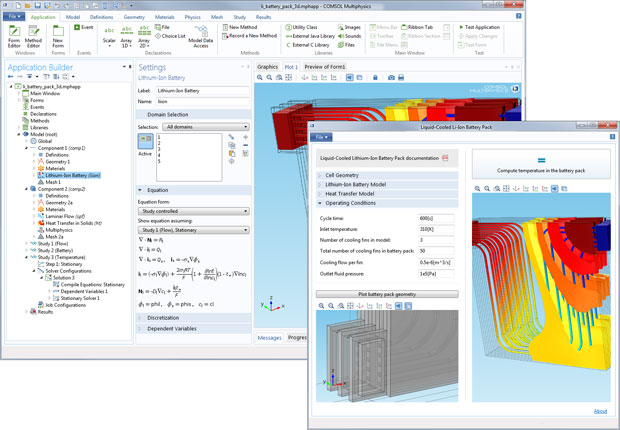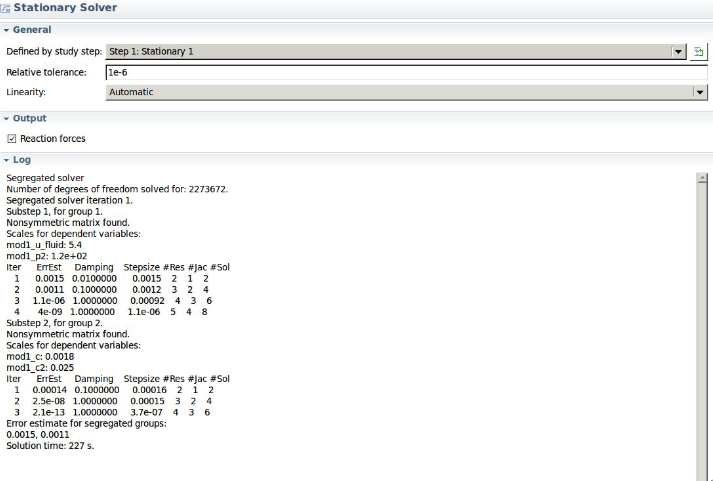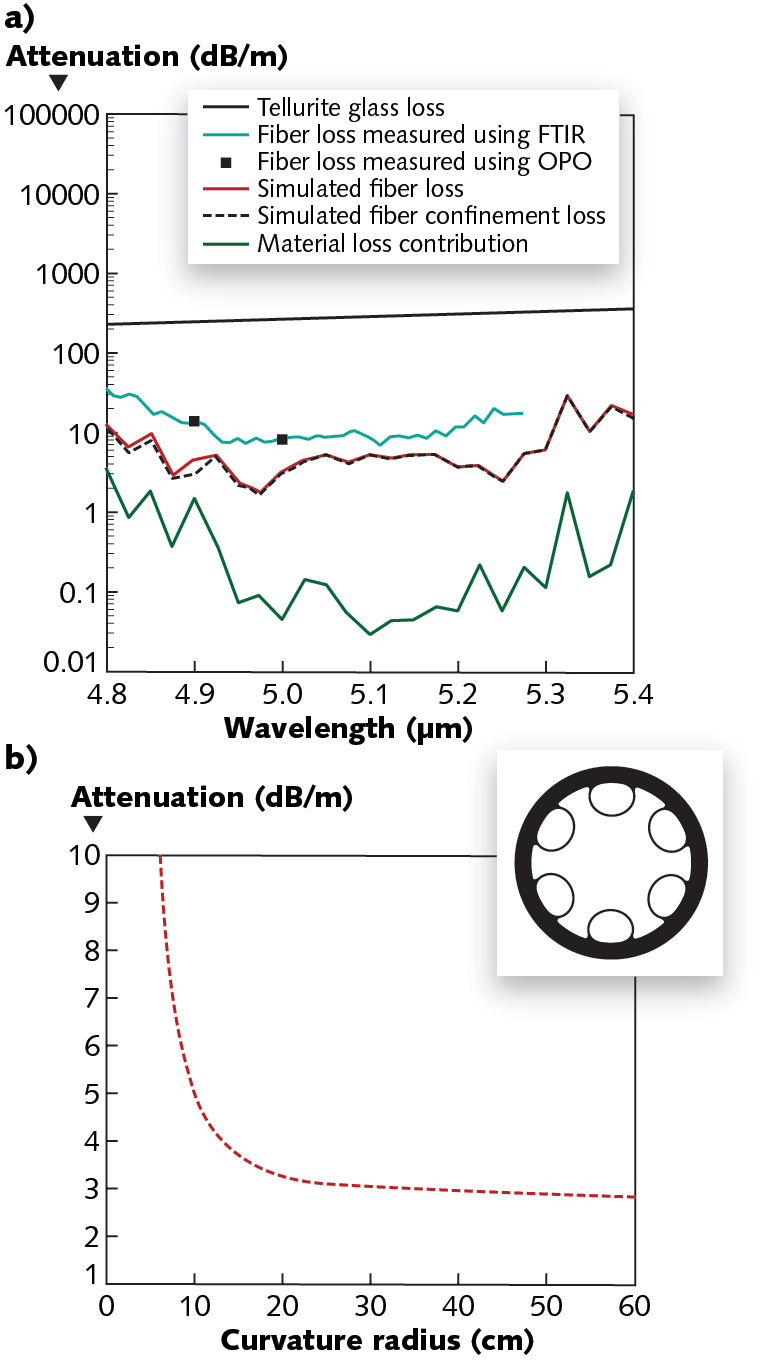

The forward method solution time increases with the number of parameters, but does additionally return the sensitivity of the entire solution field, which may be useful in some cases.Ī Sensitivity feature using the adjoint method is added to the study sequence, and the settings show the objective function and the parameters that are considered.Īfter solving, you will now be able to go to Results > Derived Values > Global Evaluation and enter the expressions fsens(dL), fsens(dD), and fsens(epsilon_r) to evaluate the sensitivity of the capacitance with respect to the design parameters.In fact, the adjoint method adds only the equivalent of a single Newton iteration to the total computational cost. The adjoint method is fast and solution time will not depend on the number of parameters studied.There are two options in the form shown below for the gradient method: The parameter controlling the material permittivity needs no special handling, other than to choose it as one of the parameters in the Sensitivity study. Since dL and dD represent an incremental change in the dimensions, we can leave these both at zero to compute the sensitivities for L=1\:m and D=0.1\:m. Also, choose the value for the design parameters around which you want to evaluate the sensitivities. You will want to enter the objective function expression, in this case C_computed, as well as all of the design parameters that you are interested in studying. The Prescribed Mesh Displacement features are used to control the displacement normal to all domain boundaries.įinally, to actually compute the sensitivities, we must add a Sensitivity node to the Study Sequence, which is available when the Advanced Study Options are enabled.

In the screenshot below, the deformation (dL) normal to the faces is prescribed as shown in the sketch above. Next, Prescribed Mesh Displacement features are applied to the six faces of the domain.
COMSOL 5.1 START TO USE BOTH CORES FREE
First, a Free Deformation feature is applied to the domain, which means that the computational domain can deform based on the applied boundary conditions. These will be used in the Deformed Geometry interface, which has four relevant features. We introduce two new Global Parameters, dL and dD, which represent a change in L and D. The hidden faces experience no displacement normal to the boundaries.


The design parameters will affect a change in the geometry as shown. When the design parameters affect the geometry, we need to use the Deformed Geometry interface, which lets us evaluate the sensitivities with respect to a geometric deformation. The parameters that we are considering affect both the material properties as well as the geometric dimensions of the model.
COMSOL 5.1 START TO USE BOTH CORES HOW TO
Now let’s look at how to compute these sensitivities with COMSOL Multiphysics. The built-in differentiation operator, for example d(C_exact,L), can be used to evaluate the exact sensitivities.Īfter solving our model, we can evaluate the computed system capacitance, compare it to the analytic value, and evaluate the design sensitivities analytically. Variables are used to compute the model capacitance, as well as to compute the exact capacitance and its sensitivities. We can use the built-in differentiation operator, d(f(x),x), to evaluate the exact sensitivities, as shown in the screenshot below. Of course, we will want to compare this value and our computed sensitivities to the analytic values so we can define some variables for these quantities. The integral of the electric energy density over all domains is already computed via the built-in variable comp1.es.intWe, and we can use it to define an expression for the computed capacitance. This equation does assume that one plate (or terminal) is held at a voltage V_0, while all other terminals in the model are grounded.


 0 kommentar(er)
0 kommentar(er)
